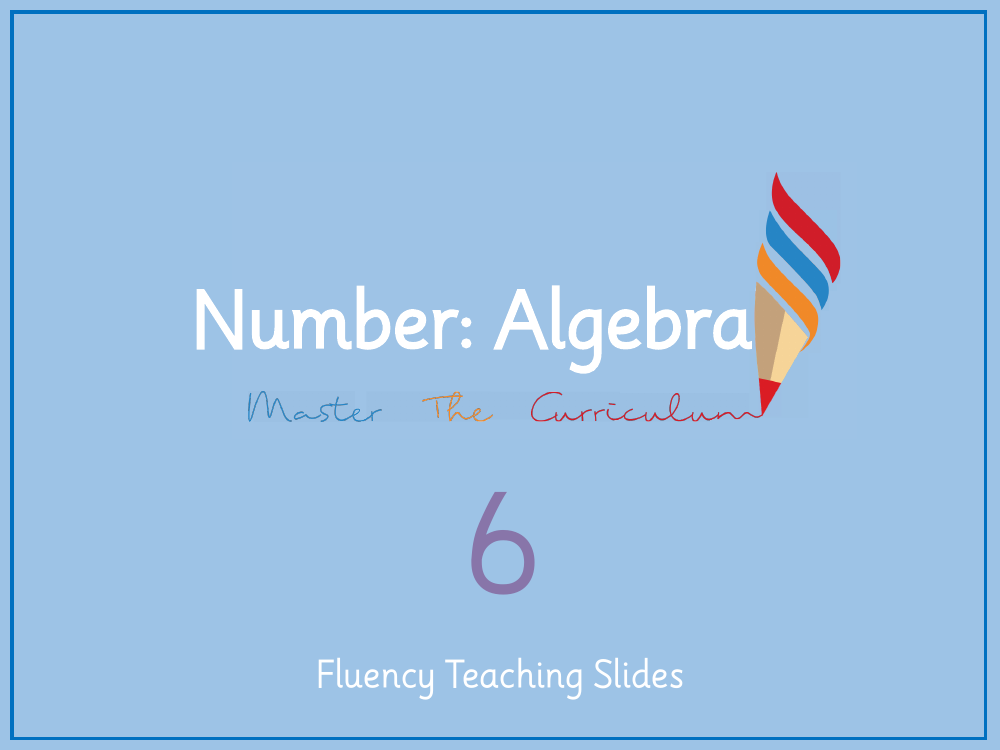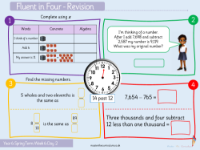Algebra - Solve Simple (one-step Equations) - Presentation

Maths Resource Description
In a series of engaging algebra lessons tailored for Year 6 students, the concept of solving one-step equations is introduced through the use of various visual aids and interactive activities. The lessons employ a balance scale metaphor to help students understand the concept of maintaining equality on both sides of an equation. Students begin by discussing what the balance scale might represent in the context of an equation, setting the stage for a deeper exploration of algebraic principles. The initial activities challenge students to determine the value of objects, such as teddy bears and bread rolls, represented in diagrammatic equations. For example, they are tasked with solving equations like 2x = 6 and 2x = 5 to find the value of x, which represents the number of counters a teddy is worth or the number of bread rolls per basket.
As the lesson progresses, students delve further into one-step equations by solving problems like x + 2 = 6 and x + 2 = 4. These exercises are designed to reinforce the students' understanding of adding and subtracting within equations. Additionally, they match equations to bar models and solve for unknown variables, such as in the equations 2m = 17, m + 7 = 17, and 17 = 9 + 2m. More complex reasoning activities include forming and solving equations to find the perimeter of a triangle, determining a person's age based on a sum of ages, and calculating the size of the smallest angle in an isosceles triangle. Independent work sessions further solidify the students' grasp of the material, as they write and solve their own equations, match equations to bar models, and check their solutions. The lesson concludes with a discussion segment where students are encouraged to create their own equations using cups and counters, ponder the significance of the balance in an equation, and compare different bar models.



